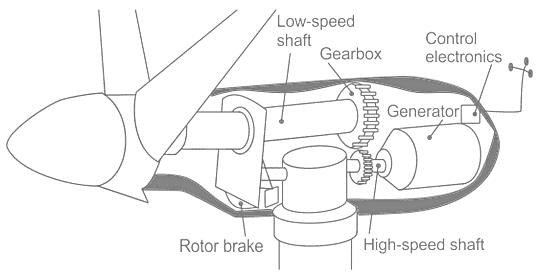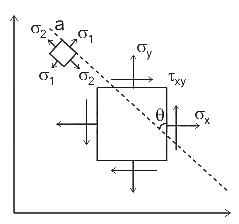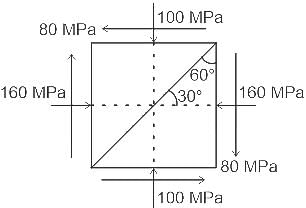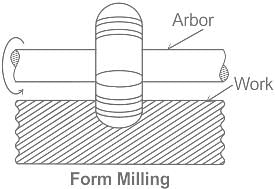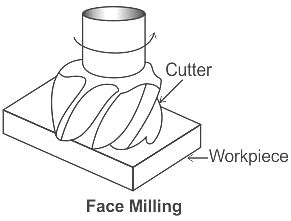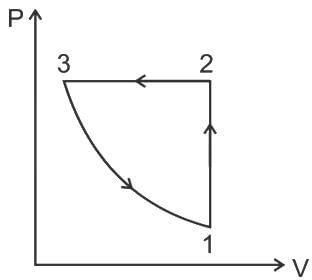ESE (ME) Paper II Mock Test - 4 - Mechanical Engineering MCQ
30 Questions MCQ Test Mock Test Series for IES/ESE (ME) - ESE (ME) Paper II Mock Test - 4
Shape factor for the radiation exchange between a hemispherical surface and a plain surface is:
A thin spherical shell of diameter 200 mm is subjected to an internal pressure of 2 MPa, If admissible tensile stress is 40 MPa, then the thickness of the shell is:
If the current at 100 % duty cycle is 250 A, then what should the required current be, for 50% duty cycle?
What is the atomic packing factor for BCC and FCC, respectively?
Tolerances for a hole and shaft assembly having a nominal size of 40 mm are as follows :

The break-even output for total fixed cost of Rs. 40,000, for which price per unit is Rs. 10, and variable cost is Rs. 5
Consider the following statements regarding resolvers,
1) Resolver is an internal state sensor
2) Resolver converts available A.C signal into digital form
3) It can be used as an incremental encoder
Which of the above statements are true?
If the size of a standard specimen for fatigue testing machine is increased the endurance limit for the material will
In which of the following microconstituents, α-Ferrite + Fe3C phases are present?
1. Spheroidite
2. Coarse pearlite
3. Fine pearlite
Select the correct answer using the code given below:
A catalog lists the basic dynamic load rating for a ball bearing to be 8000 kg for a rated life of 1 × 106 rev. What is the expected L10 life of the bearing if it is subjected to a load of 4000 kg? (Take k = 3 for ball bearing)
Which of the following statements regarding hydraulic pumps are correct?
1. The gear pump consists of two close meshing gear wheels which rotate in opposite directions.
2. In vane pump, as the rotor rotates, the vanes follow the contours of the casing.
3. This leakage is more in vane pump compared to gear pump.
Statement (I): SCARA configuration provides substantial rigidity for the robot in the vertical direction, but compliance in the horizontal plane.
Statement (II): A special version of the Cartesian coordinate robot is the SCARA, which has a very high lift capacity as it is designed for high rigidity.
A domestic food freezer maintains a temperature of –15°C. The ambient air temperature is 30°C. If heat leaks into the freezer at the continuous rate of 1.75 kJ/s, the least power necessary to pump this heat out continuously will be nearly
In cycloidal motion of cam follower, the maximum acceleration of follower motion fmax at θ = ϕ/4 is
If the axes of the first and last wheels of a compound gear coincide, it is called
A 120 mm wide uniform plate is to be subjected to a tensile load that has a maximum value of 250 kN and a minimum value of 100 kN. The properties of the plate material are : endurance limit stress is 225 MPa, yield point stress is 300 MPa. If the factor of safety based on yield point is 1.5, the thickness of the plate will be nearly
Which of the following are essential for a good combustion chamber of turbojet engine?
1. It should allow complete combustion of fuel.
2. It should maintain sufficiently high temperature in the zone of combustion in addition to proper atomization of fuel thus leading to continuous combustion.
3. It should not have high rate of combustion.
4. The pressure drop should be as small as possibleA fluidized bed combustion system having an output of 35 MW at 80% efficiency when using a coal of heating value 26 MJ/kg with a sulphur content of 3.6% requires a particular limestone to be fed to it at a calcium-sulphur molar ratio of 3.0 so as to limit emissions of SO2 adequately. The limestone used contains 85% CaCO3. The required flow rate of limestone will be
In heat exchanger, 50 kg of water is heater per minute from 50°C to 110°C by hot gases which enter the heat exchanger at 250°C. The value of Cp for water is 4.186 kJ/kg.K and for air is 1 kJ/kg.K. If the flow rate of gases is 100 kg/min, the net change of enthalpy of air will be nearly
Which one of the following is an enclosure or housing for the generator, gear box and any other parts of the wind turbine that are on the top of the tower?
What is the solidity of American multiblade wind turbine rotor?
A turbine develops 8000 kW when running at 1000 rpm. The head on the turbines is 30 m. If the head is reduced to 18 m, what is the speed developed by the turbine?
The stresses on two perpendicular planes through a point in a body are 160 MPa and 100 MPa, both compressive, along with a shear stress of 80 MPa. What is the normal stress on a plane inclined at 30° to the plane of 160 MPa stress ?
Consider the following statements regarding typical analysis of bolt failure :
1. 15% failure of bolt occur at the fillet under the head.
2. 50% failure of bolt occur at the end of threads on the shank.
3. 80% failure of bolt occur in the threads that are in contact with the nut.
Which of the above statements is/are correct ?
Which one of the following is the cutter with a curved tooth outline of the same shape as the profile of the workpiece ?
180 kJ of heat one supplied to a system at constant volume. Then the system rejects 85 kJ of heat at constant pressure and 35 kJ of work is done on it. The system is brought to its original state by an adiabatic process. Determine adiabatic work if internal energy in the constant volume process is 105 kJ.



















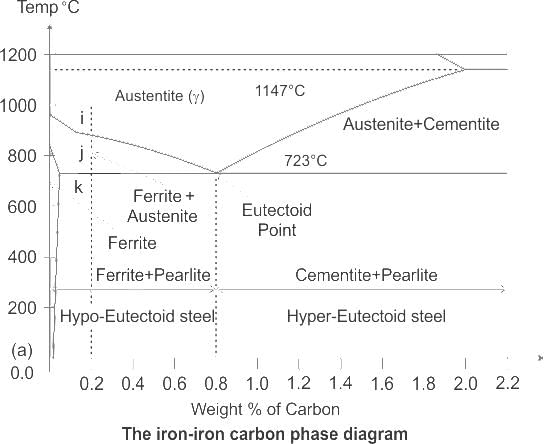
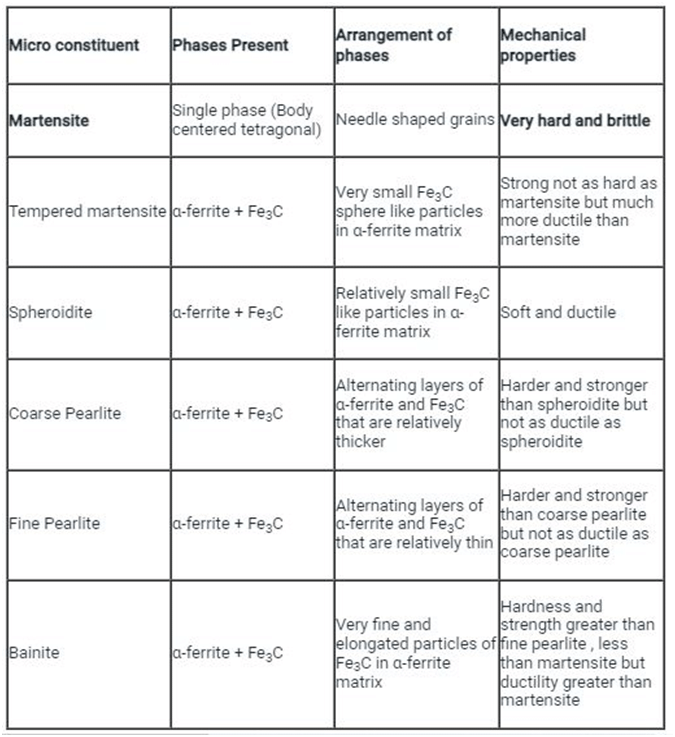

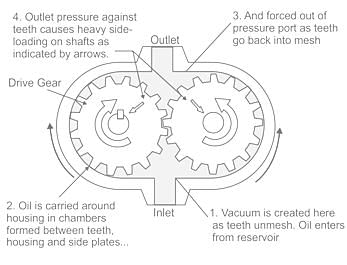
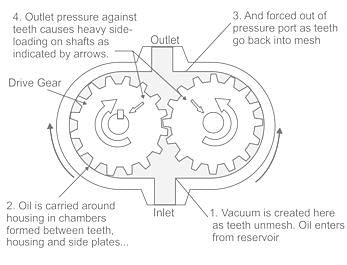
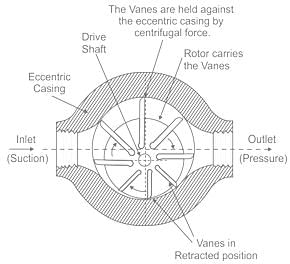



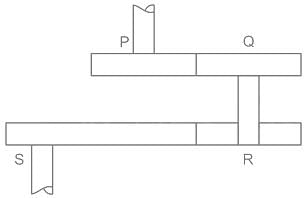
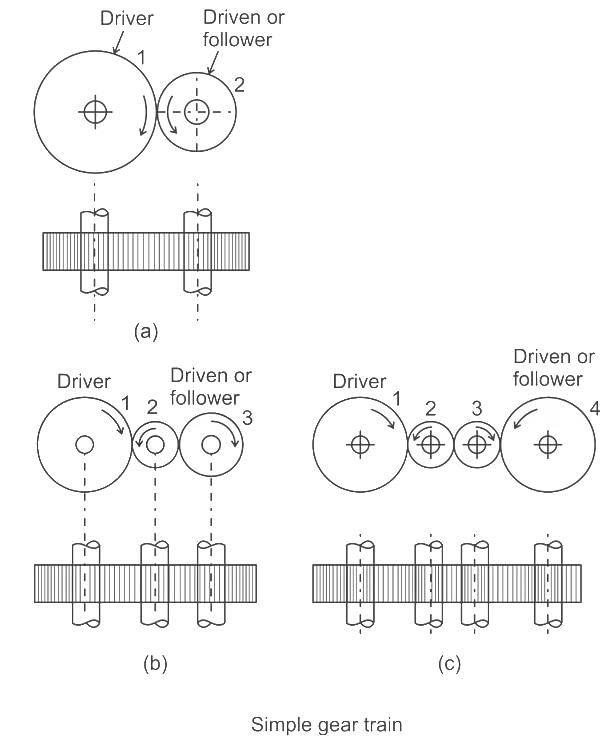

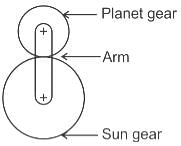


 =
=  MPa
MPa =
=  MPa
MPa




 = 50 kg/min, Cpw= 4.186 kJ/kg.K, Inlet water temperature, Tci = 50˚C, Exit water temperature, Tco = 110˚C
= 50 kg/min, Cpw= 4.186 kJ/kg.K, Inlet water temperature, Tci = 50˚C, Exit water temperature, Tco = 110˚C Cpw (Tco- Tci)
Cpw (Tco- Tci)